During the past year, I have presented several times new manuscripts containing the Coptic version of the Asceticon of Abba Isaiah. Thus, I had the opportunity to write, however briefly, about 1) the first fragments from the Bohairic version of his writings; 2) some complements to one of the Sahidic codices published by Guillaumont (the codex A of his edition);[1] and 3) about the extracts from various Logoi of Abba Isaiah, which appear in a Sahidic manuscript from the White Monastery. In the future, I hope to put everything together in a new, updated, edition of the Coptic version(s) of the Asceticon.
Some new Sahidic bits from the ascetic Logoi of Abba Isaiah came to light just a few days ago, while I was checking the catalogue of the Coptic fragments which were once in the library of the Catholic University in Louvain. These fragments were destroyed in May 1940, when the library was bombed and burned down. Luckily, a few years before the tragic incident, Mgr Louis Théophile Lefort managed to publish a catalogue of the Coptic manuscripts in this collection, preserving thus their memory for future scholarship.[2] Our only regret in regard to this is that Lefort did not publish a complete set of photos of the fragments, which would allow us to place them in their original codices, whenever such codicological reconstruction is possible.
Among the unidentified items catalogued by Lefort, there are some papyrus fragments (no. 51 of the catalogue) which he believed to come from five or six different leaves of an ancient codex.[3] According to Lefort, the library in Louvain possessed over 90 such fragments. The codex was written in a single column and was tentatively dated by Lefort to the 5th or 6th century A.D.
The Belgian scholar was able to read the text of the better preserved fragments and gave, beside a few transcriptions, some of the Biblical quotations he managed to find. As the title “On Repentance (metanoia)” and the incipit “it was asked the elder: ‘What is the repentance?’” appear on one of the fragments, Lefort realized that they must come from an ascetic writing.
 However, he was not able to identify the author, although he was close enough when he wrote: “But who is this elder, the author of these Instructions? The age of the papyrus sets a terminus ante quem; it is therefore very likely that we are dealing with a character from the 4th-5th century” (my translation from French).
However, he was not able to identify the author, although he was close enough when he wrote: “But who is this elder, the author of these Instructions? The age of the papyrus sets a terminus ante quem; it is therefore very likely that we are dealing with a character from the 4th-5th century” (my translation from French).
Actually, the lemma “On Repentance” and the incipit allows us to identify safely the fragment as a portion from Abba Isaiah’s Logos 21 (= Syriac Logos 14). Moreover, the Biblical quotations mentioned by Lefort as occurring on other fragments, can be found in the same Logos.
If this codex contained only the Asceticon of Isaiah of Scetis, and I think it was very likely so, then the 90 fragments once in Louvain constituted the earliest Coptic manuscript witness of the Asceticon. As the vestiges of this codex are irremediably lost, we can only regret, once more, the tragic destiny of many Coptic manuscripts.
[1] A. Guillaumont, L’Asceticon copte de l’abbé Isaïe. Fragments sahidiques édités et traduits (Bibliothèque d’études coptes, 5; Cairo 1956).
[2] L. T. Lefort, “Coptica Lovaniensia,” Le Muséon 50 (1937) 5-55; 51 (1938) 1-32; 53 (1940) 1-66. Republished, with insignificant changes, as L. T. Lefort, Les manuscrits coptes de l’Université de Louvain 1: Textes littéraires (Louvain: Bibliothèque de l’Université, 1940). This is the only fascicle which appeared.
[3] Lefort, Les manuscrits coptes, 137-139.









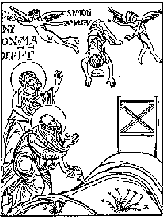




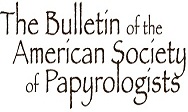
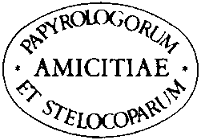
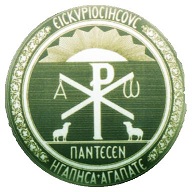





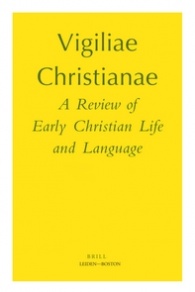






It is a pity that the Georgian version of Isaiahs Aketikon is not yet published. It seems that in the Georgian Tradition it is attributed to Ammonas, cf. Garitte, Catalogue des manuscrits georgiens litteraires du Mont Sinai, CSCO 165. Subsidia 9, 1956, p. 62 and 108.
The same confusion appears sometimes at least in Greek, Syriac and Arabic sources. I think it is just an issue related to the manuscript transmission.
Pingback: A Lost Coptic Fragment from a Sermon on Penitence by Severian of Gabala (CPG 4186) | Alin Suciu
Pingback: An Old Testament Pseudepigraphon in Coptic: Yet Another Manuscript from the Sahidic Version of the Testament of Isaac | Alin Suciu
Pingback: The Louvain Papyrus Fragments from the Asceticon of Abba Isaiah | Alin Suciu